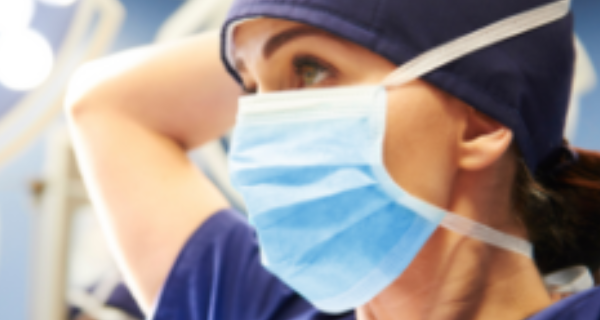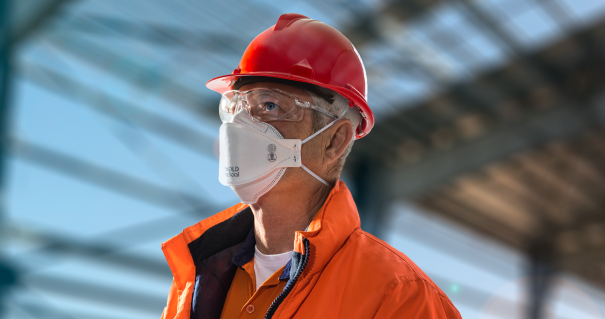From dust and smoke to airborne particles and fluid splashes, face masks can provide protection against a range of environmental hazards, viruses and diseases. That said, different face masks offer differing levels of protection, so it’s important to ensure you choose the right mask to suit your work environment.
Read on to learn more about the different types of masks, the level of protection they offer and when to use them.
Importance of face masks for protection at work
Face masks play a crucial role in protecting individuals from environmental hazards and airborne particles, especially when exposure to harmful substances is a key concern. Respiratory protection is a requirement for a number of industries, including healthcare, veterinary clinics, aged care settings, beauty workers, construction and mining.
Often, workers are exposed to hazardous particles, like bacteria, infectious agents, fumes and dust as part of their workplace environment. As such, many workers are required to wear personal protective equipment (PPE), like face masks and respirators, to provide respiratory protection against airborne particles.
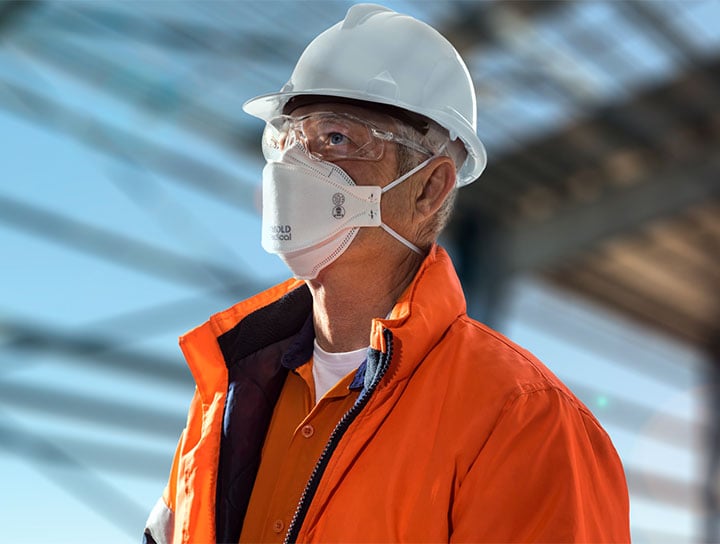
Face masks play a key role in reducing the transmission of viruses that spread via respiratory droplets. They help to contain droplets expelled by the wearer, reducing the risk of infecting others while providing a barrier against droplets from others. Aside from providing protection in occupational settings and against viruses, face masks may also help to relieve the symptoms of allergies and provide protection against air pollution.
However, if we’re talking about occupational environments, different workplace settings often call for different protective requirements. It’s times like this when it’s helpful to understand the different types of face masks and respirators so you can find the right mask for the job
Types of face masks
From community face masks to medical masks and surgical respirators, there are several different types of masks that offer differing levels of protection against a number of airborne hazards.
Here’s a quick overview of the different types of masks and how they compare against each other.
Community face masks
Community face masks are designed for use in public spaces where social distancing isn’t possible. While these masks aren’t intended for use in clinical environments, they’re ideal for retail, food service, public transport, events, sporting matches and conferences, to name a few.
Manufactured from three layers of lightweight material, these masks provide the lowest level of protection against environmental hazards and airborne particles.
.
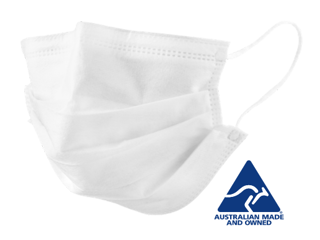
Medical procedure masks
Medical procedure masks are the next step up from community face masks in terms of protection against airborne particles. Manufacturer to meet AS 4381:2015 Medical Face Masks Standards, these masks have been designed for use by clinicians and patients in day surgery or clinical environments where there is a low risk of fluid or blood splash. They’re suitable for:
- Hospitals,
- Dental clinics,
- Aged care facilities, and
- Veterinary clinics.
That said, because medical procedure masks also provide protection against bacterial exposure, they’re ideal for retail, food service, beauty and customer service environments.
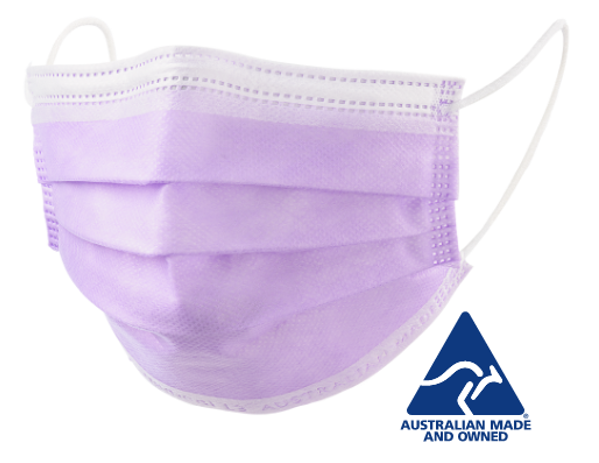
Surgical face masks
Surgical face masks are designed to meet Australian Standard AS 4381:2015 Surgical Face Masks. Constructed from multiple layers of lightweight material, the outer layers repel blood or fluid splash, while the inner absorbent layer captures droplets from the wearer. The distinctive blue fluid-resistant outer layer means this mask is easily identifiable.
Surgical face masks help to protect wearers against splashes and sprays from other people while also providing effective source control by preventing droplets of bodily fluids from escaping via the nose and mouth. With this in mind, surgical face masks are suitable for use across both healthcare environments and settings where you’re in close proximity to customers.

Respirator masks
Respirator masks provide the highest level of protection against environmental hazards and airborne particles. While each respirator provides bacterial filtration efficiency in line with AS4381:2015, there are several different types of respirator masks that provide slightly different fits.
P2 particulate tri-panel respirator and D95 P2 respirator mask
The P2 particulate tri-panel respirator and D95 P2 respirator mask have both been designed in line with the essential principles of Class P2 AS/NZS 1716:2012 respirators. Both masks have been designed to filter out non-oil based airborne particles, making them ideal for beauty settings, crowded environments and industrial workplaces.
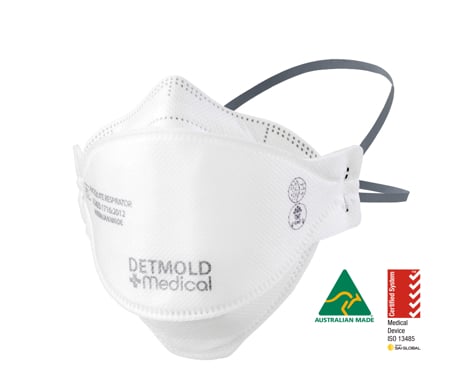
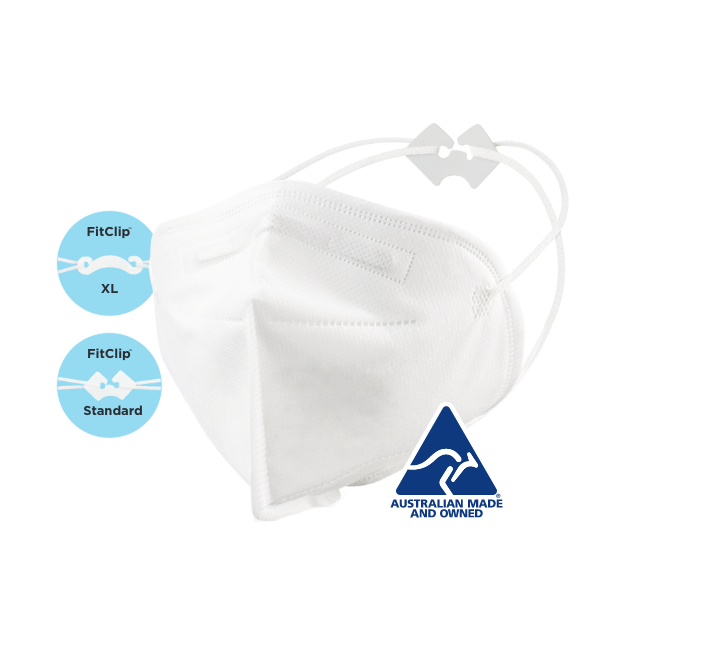
P2 N95 medical tri-panel respirator
Like the P2 particulate tri-panel respirator and D95 P2 respirator masks, the P2 N95 medical tri-panel respirator has been designed to meet the requirements of Class P2 AS/NZS 1716:2012 respirators. However, this respirator also has the added bonus of meeting the essential principles of N95 - Particulate Filtration Efficiency (NIOSH 42CFR, Part 84), meaning it provides protection from potentially harmful non-oil-based airborne particulates and bacteria.
With this in mind, the P2 N95 medical tri-panel respirator is typically recommended for use in infection control, patient care, hospitals, radiology, GPs, veterinary, aged care, beauty and travel.
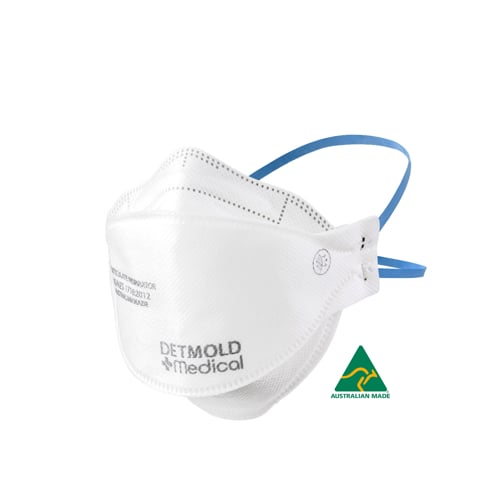
L3 N95 surgical tri-panel respirator and N95 surgical respirator mask
Both the L3 N95 surgical tri-panel respirator and N95 surgical respirator mask offer the greatest level of protection against blood or fluid splash, bacteria or potentially harmful non-oil-based airborne particulates. Both respirators achieve high performance for blood splash resistance, making them suitable for use across a range of high-risk environments, including:
- Operating rooms,
- Surgeries,
- Emergency rooms,
- Frontline healthcare, like paramedics,
- Haematology, and
- Oncology.
Like the tri-Panel N95 P2 medical respirator, these respirators also meet the essential principles of an N95 Respirator as specified by the NIOSH 42 CFR Part 84.

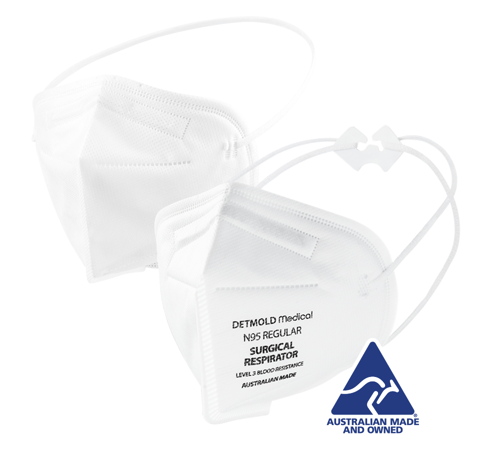
Detmold Medical is home to a wide range of face masks, from community masks to our new collection of tri-panel respirators. Proudly Australian-made, each of our face masks is manufactured and tested in our South Australian state-of-the-art facility. Reach out to our customer service team for help finding the right mask for your needs or shop the full range online.



